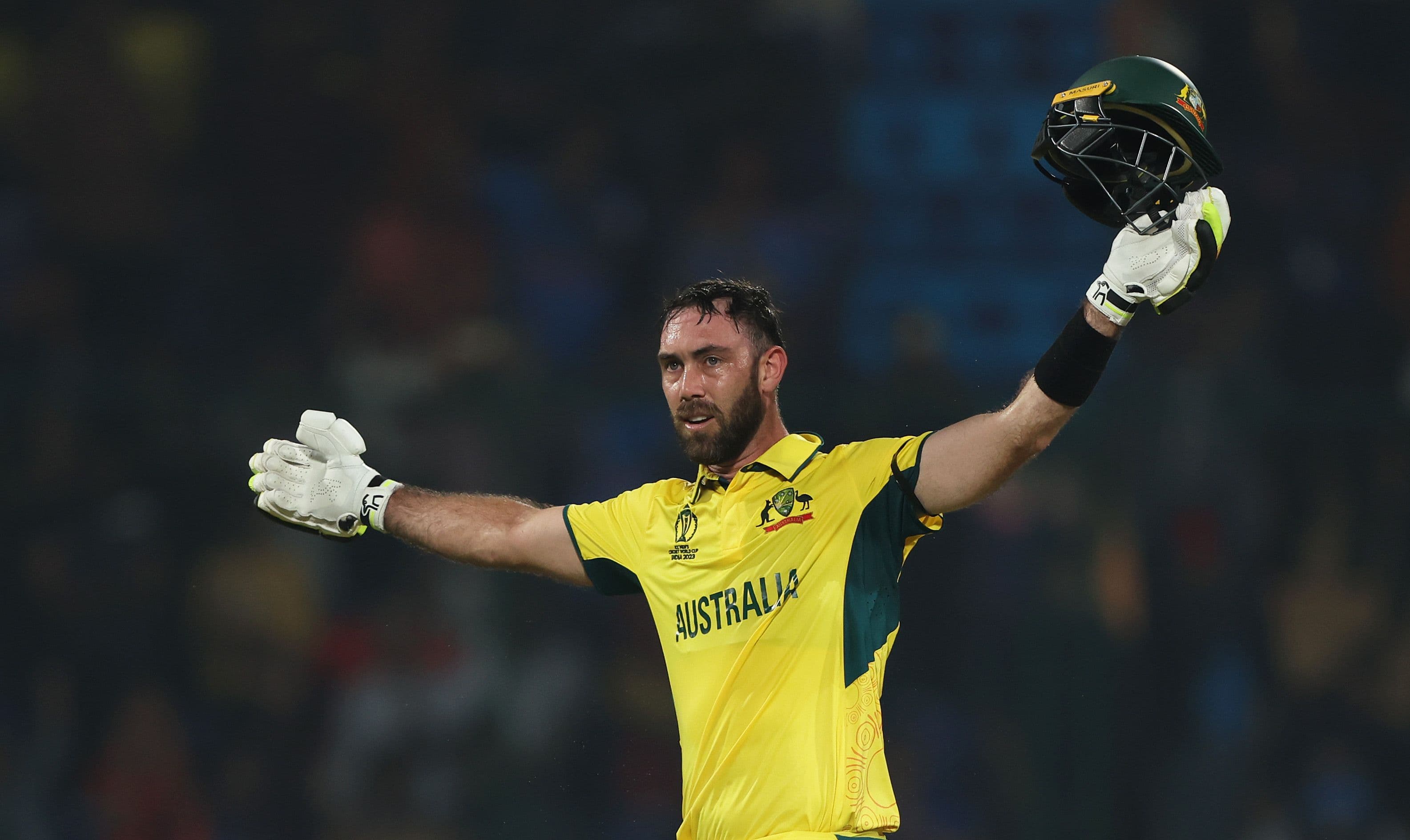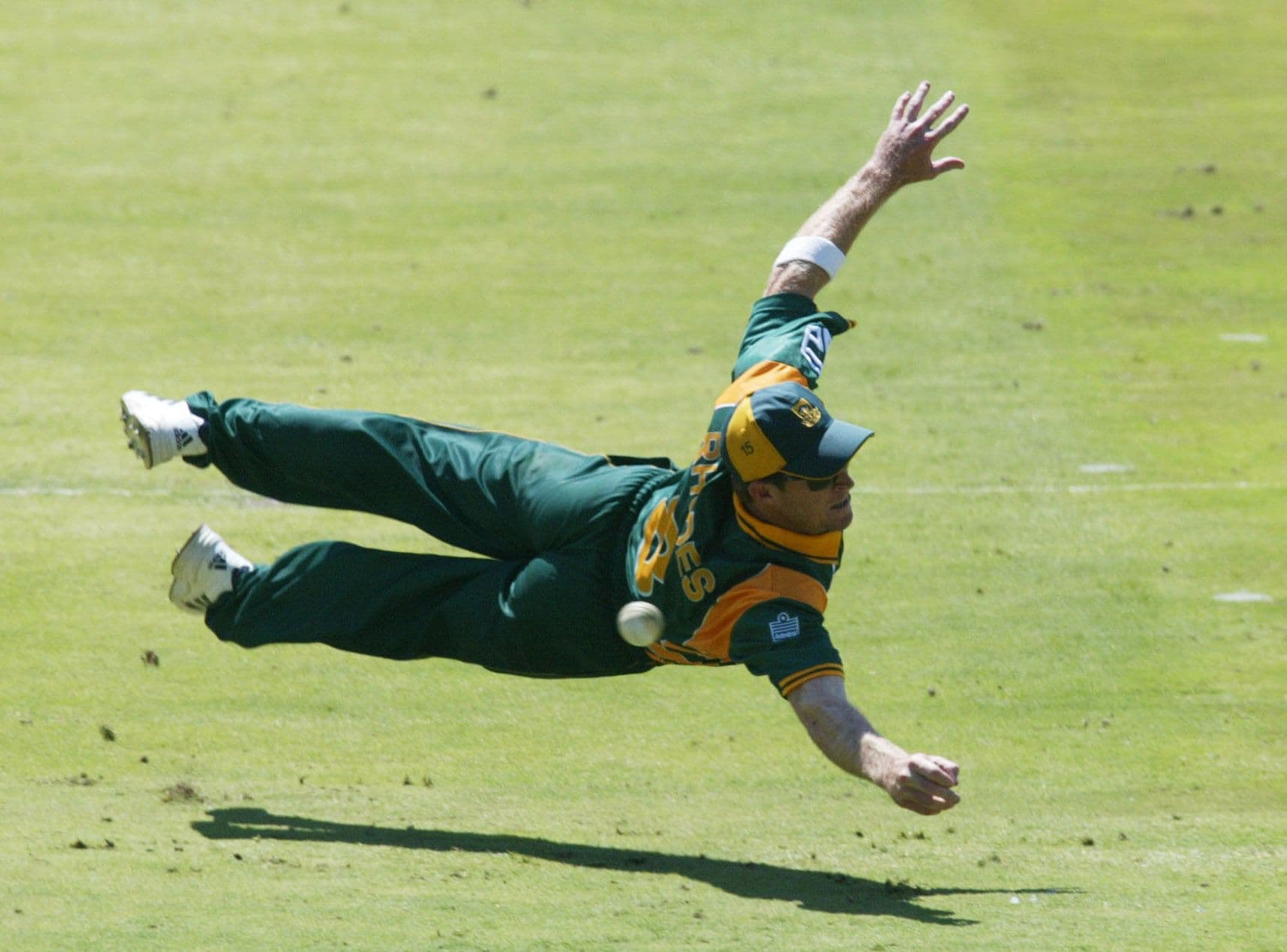Cricket
Who is the Father of Cricket?
Know who is the father of cricket, why he is called so and what are his records in cricket. Also, find out who is the father of Indian cricket.

Father of Cricket
Former England cricketer William Gilbert Grace (WG Grace) is famously known as the father of cricket. Grace was born on July 18, 1848 in Bristol. He lived only 67 years and spent 44 years of that life playing first-class cricket for various clubs in England. Nothing describes WG Grace’s love for cricket more accurately than this.
Father of Cricket
WG Grace’s Batting Records
| FORMAT | Matches | Inns | Runs | Best | Avg | 100s/50s |
|---|---|---|---|---|---|---|
| Tests | 22 | 36 | 1098 | 170 | 32.29 | 2/5 |
| FC | 870 | 1478 | 54211 | 344 | 39.45 | 124/251 |
Batting Records
Father of Cricket
WG Grace’s Bowling Records
| Format | Matches | Inngs | Wickets | Best | Avg | 5w/10w |
|---|---|---|---|---|---|---|
| Tests | 22 | 13 | 9 | 2/12 | 26.22 | 0/0 |
| FC | 870 | - | 2809 | 10/49 | 18.14 | 240/64 |
Bowling Records
WG Grace's Career
Scoring over 54000 runs in 870 first-class cricket matches across a period of 44 years (from 1865 to 1908) could be called inhuman. Though there is very little record of what Grace did at the fag end of his career, he was said to be quite prolific with the bat throughout his career.
A right-handed batsman, who bowled regularly in first-class cricket as well, Grace has captained the likes of England, Gloucestershire, the Gentlemen, Marylebone Cricket Club (MCC), the United South of England Eleven (USEE), and other sides. There was hardly a team where Grace would play and not captain, owing to his unparalleled cricketing brain and skills.

Grace’s innovative batting was way ahead of his time and inspired a generation of cricketers following him to look at the game with a different scope. The batsman was said to have equal control over every kind of stroke and he executed them with brilliant consistency. Grace would score 124 centuries and 250 fifties in first-class cricket, having stayed not out a whopping 104 times.
Grace also holds the record of tallying 839 runs in just eight days of the 1876 season, during which he is said to have a couple of triple-centuries. The genius of Grace’s batting could be best established by his outing of this season. He began it with his career-highest core of 344 runs for MCC against Kent and followed it with a 177-run knock while playing for Gloucestershire against Nottinghamshire two days later. Two days go by and Grace scored another triple century, this time unbeaten at 318, against Yorkshire to tally over 800 runs and getting out only twice. Grace was the first triple-centurion in first-class cricket
England started touring Australia as an international team during Grace’s era and the man went on to score 1098 runs in 22 Tests, with an average of 32.39. Grace’s longevity could be best understood by the fact that he would open for England at the age of 50.
Like most athletes of his time, WG Grace didn’t just specialise in one game but was a master 440-yard hurdler as well as a footballer. The popular story goes that Grace had to leave his innings of 224 for England midway while playing against Surrey, as he had to attend a quarter-mile hurdles championship at Crystal Palace. Grace also played golf, lawn bowls and curling apart from being a qualified medical practitioner.
Though cricket was not played by professionals back then, Grace is well known for demanding money for playing. Social historian Eric Midwinter documented that WG Grace had received £1500 from the organisers during his first tour of Australia with the England team during 1873-74. He would also regularly ask for testimonials to further his medical practice.
A 67-year-old Grace eventually succumbed to a heart attack on October 23, 1915. One of the most popular figures of the nation. He was buried at the Beckenham Cemetery in Kent.
Who is the father of Indian cricket?
The former Maharaja of Nawanagar, now Gujarat, KS Ranjitsinjhi is known as the father of Indian cricket. While he never got a chance to play for India, he got a chance to play for England and became only the second English player to make a century on his debut.
He would go on to play 15 Test matches for England, where he tallied 989 runs with an average of 44.95 scoring two centuries and six fifties.

Father of Cricket
KS Ranjitsinhji’s Batting Records
| Format | Matches | Inns | Runs | Best | Average | 100s/50s |
|---|---|---|---|---|---|---|
| Tests | 15 | 26 | 989 | 175 | 44.95 | 2/6 |
| FC | 307 | 500 | 24692 | 285* | 56.37 | 72/109 |
While KS Ranjitsinjhi did turn heads while playing for England, it was his first-class career and invention of the leg glance shot that made him one of the legends of the game.
Ranjitsinjhi finished his first-class cricket career with 24,692 runs in 307 matches with an average of 56.37. His most memorable outing came during the 1896 county season when hardly any batsman in England claimed to be better than the Indian.
He was known to stand up fearlessly to score centuries against the dangerous Yorkshire bowlers apart from playing numerous match-saving knocks against teams like Gloucestershire and Somerset. Ranjitsinjhi would go on to become only the second batsman after WG Grace and the first amateur to tally 1000 runs in one County season.
The leg glance and the cut shot are said to have been popularised by Ranjitsinhi during his time with Sussex, a skill that even the Australians found difficult to tackle. His scores of 79 and 42 against the visiting Australian bowler, is well documented.
His last first-class cricket match was played in 1920 after Ranjitsinjhi had lost an eye during a hunting accident. Unable to see the ball properly with an eye, his form fell and performances dropped, which led to his retirement. He, however, had claimed that he had returned to England to play with the sole motivation of writing a book about batting with an eye. That book never got published.
The Indian ended his career with 24,692 runs with an average of 56.37, which remained the highest average of an England-based batsman until English Geoffrey Boycott retired in 1986 with 72 centuries.
On April 2, 1933, Ranjitsinhji died of heart failure following a short illness. A year later, India’s national level first-class championship started, namely ‘The Cricket Championship of India'. The trophy was donated by the Maharaja of Patiala, Bhupinder Singh, who renamed it the Ranji Trophy.
Recommended Articles

An M.A. in English Literature, Subhayan is an experienced journalist and sports writer. Having worked as a journalist at Hindustan Times, Subhayan covered diverse beats including sports, education, and health, showcasing his versatility and in-depth understanding of various subjects.


